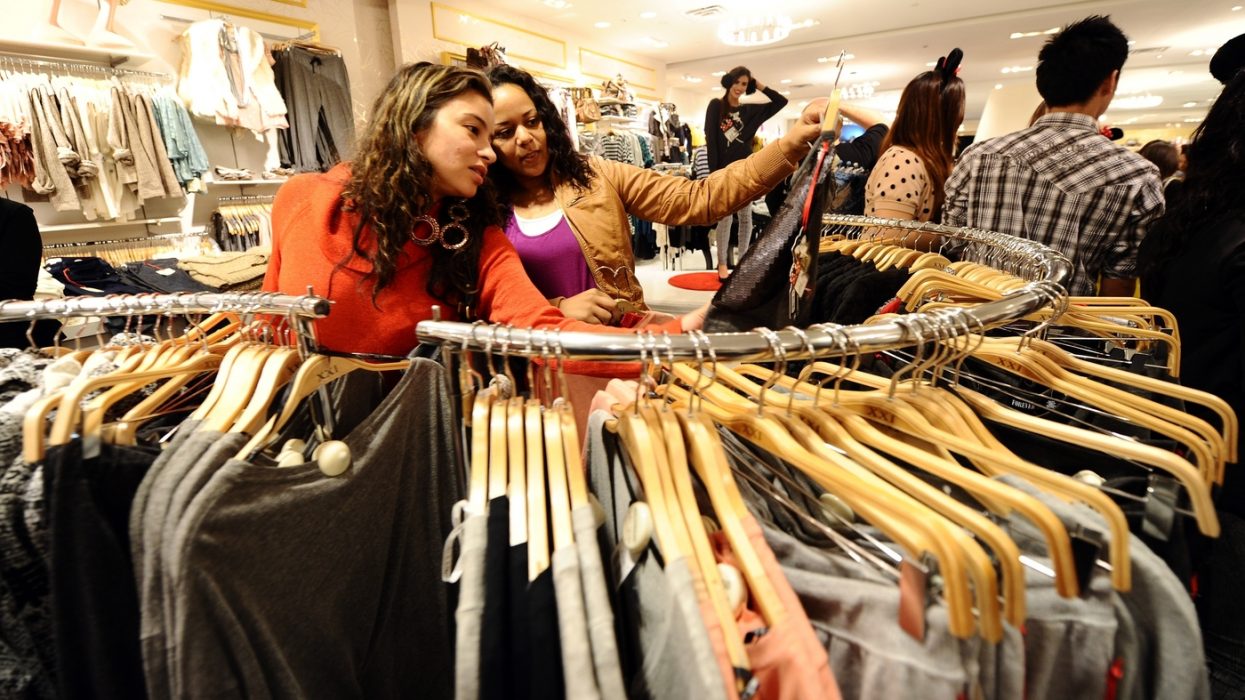Retail predictions are tricky to make in such a dynamic environment. An increasingly digital age, with consumers being at the forefront of the driving force means that retailers have a lot to do to stay modern and relevant. Here are the top trends and predictions we are making for 2019; hopefully these help to get 2019 underway productively.
Consumer ownership and participation. Modern-day customers expect to feel as though they have the power to influence their favourite stores. They want to be able to participate and create opportunities to see the direction of the store head where they would like. There are many ways in which companies can extend this sort of hospitality to consumers to give them a feeling of importance. This can be as simple as surveys, trialling new products, or asking for innovative suggestions.
Personalisation. On top of wanting to hold sway in company decision making, consumers want an increasing amount of personalisation and customisation for their shopping choices. Although this isn’t necessarily a new trend, it is a stepping stone from which many new technologies are developing from—a “how can we make this experience more personal?” type thing.
The “human touch.” Consumers are drawn to people, not just products. If retailers can create a realistic, and humanised experience within their stores, their advertising, and have it shine through in their ethos, consumers will be attracted to the idea and the products. If a consumer feels a genuine connection to a human aspect of the shopping experience, there is an increased chance for the customer to return.
Reinvented convenience. The need for quick and hassle-free service remains very much intact. However, 2019 trends don’t just predict a desire for efficient service. This year, convenience needs to come in the form of simplicity and precision. Consumers expect quick service—retailers must look at ways in which they can expand upon speed. Simplistic thinking helps provide customers with a “mindless” decision making process. Developing on from this, precision—as in, what do consumers specifically desire—is another aspect that retailers must look towards for the upcoming year.
Consumers hold the power. The increase of personal social media influence the average consumer now has means that each person can influence retail more so than ever before. One picture posted can instantly reach a number of their friends and family—each of them having the option to share it further. One bad customer experience can be shared and spread within minutes. The power lies with the consumer, and personalisation is an excellent way to ensure that consumers are satisfied and sharing their positive experiences.
Information is key. Data analytics are becoming increasingly important. If consumers want fast and accurate service, there is no way that they are going to stick around if their interests are not engaged. Analysing consumer behaviour is more important than ever in order for predictions to be made regarding customer desire. Making the shopping experience more personal can be achieved through recommendations that are relevant to each and every customer individually.
Sustainability. Understanding that something one buys has been sourced and manufactured ethically is now of the utmost importance. Sustainability comes in many forms; environmental sustainability, clean supply lines, economic sustainability, etc., etc. The more consumers know about the products they are buying, the more they will feel as though their money is going to a legitimate and proper cause. If companies are transparent and honest in their approach to business, customers will see this, and support just causes.
The 2019 retail year is sure to bring even more change. The rate at which technology develops and consumer trends shifts is often somewhat unpredictable. There are a few prominent desires within the retail industry that companies can look to cater to—sustainability, efficiency, and personalisation. These are main trends that will remain notable, despite what else may change around them. The consumer holds power, and the modern retail industry needs to find ways to satisfy their customers. Technology plays a huge role in all of this, and monitoring consumer behaviour and making predictions as specific as possible will ensure that consumers are getting what they want.






